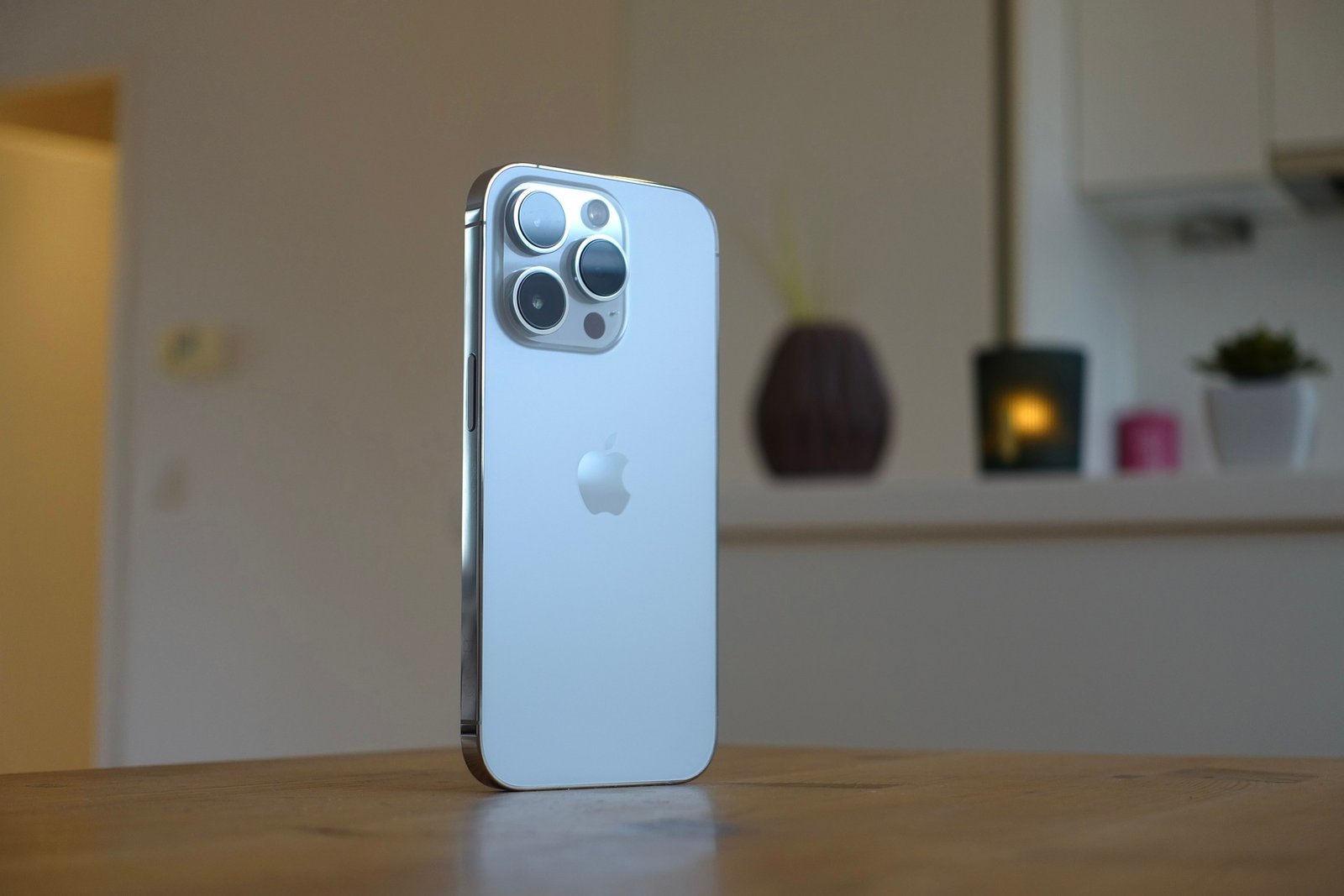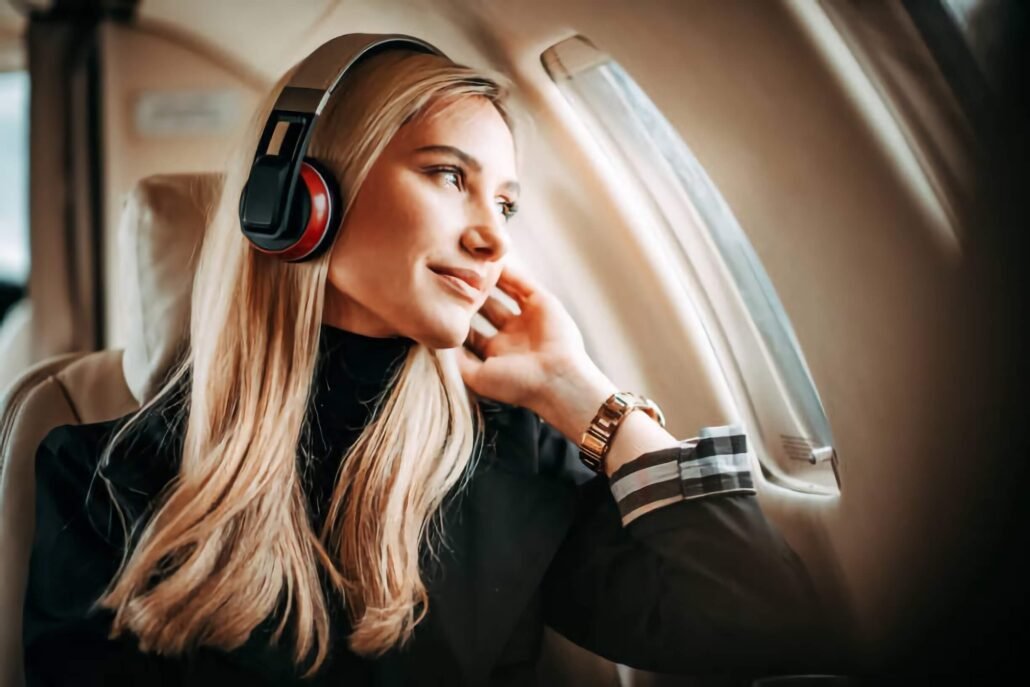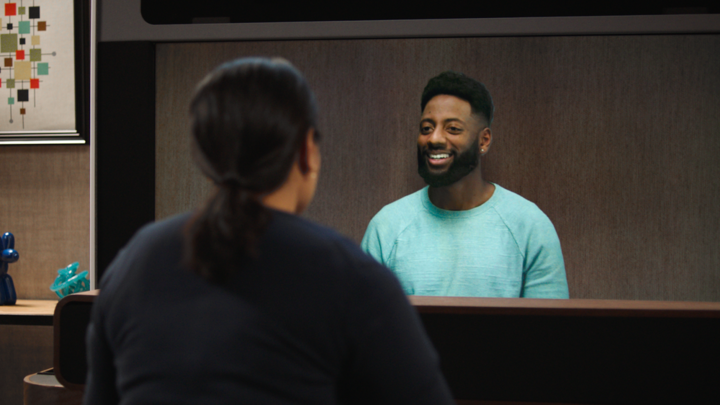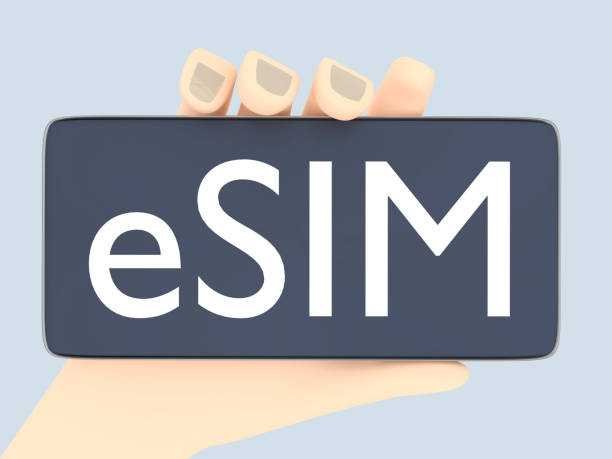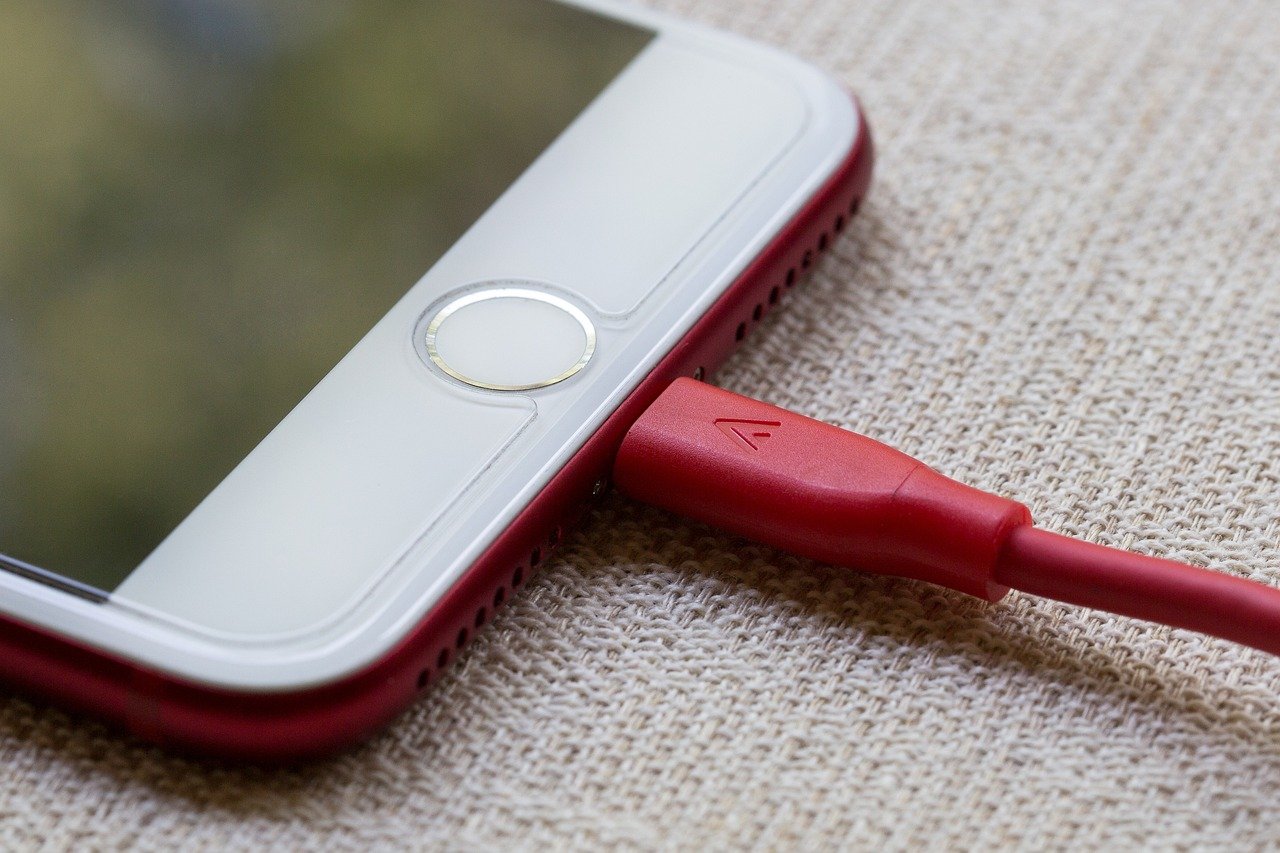We all know that when flying, cell phones need to be in off or airplane mode so as not to increase the workload of the airport ground base station and reduce the possibility of interference with the aircraft positioning system.
You may wonder if you can use your Bluetooth headphones, such as AirPods, on a plane.
The answer is yes!
Bluetooth devices operate on a different frequency than cell phones and aircraft communication systems, reducing the likelihood of interference.
However, both in-line and Bluetooth headphones must be taken off during the take-off and landing phases and can only be used when the plane is in smooth flight. Always remember to follow airline regulations and guidelines for the safety of yourself and those around you during your flight.

Does using your phone interfere with airplane flight?
Let’s start with the conclusion at the top:
It is not confirmed whether the use of cell phones will impact the aircraft’s flight.
Our civil aviation regulations are based on the Federal Aviation Administration (FAA), which prohibits using cell phones on aircraft mainly because of concerns about the impact of 800 MHz frequency cell phones on ground communication networks.

And years of experiments by several airlines, with a lot of verification, there has been no indication that electronic devices, such as cell phones, on the plane can affect flight communications.
Most airlines in the U.S. (United Airlines, Southwest Airlines) use the gimmick “you can play with your phone on the plane” to attract passengers to choose their flights.
In 2003, two different NASA studies showed that passengers’ electronic devices could interfere with and reduce the safety margin of critical avionics systems. Still, there is no conclusive evidence on this matter, and there is no example of a passenger’s electronic device causing a plane crash.
There it was-the clear spectral signature of that cellphone call
There is no smoking gun to this story: there is no definitive instance of an air accident known to have been caused by a passenger’s use of an electronic device.
Nonetheless, although it is impossible to say that such use has contributed to air accidents in the past, the data also makes it impossible to rule it out completely.
More importantly, the data support a conclusion that continued use of portable RF-emitting devices such as cell phones will, in all likelihood, someday cause an accident by interfering with critical cockpit instruments such as GPS receivers.
This much is certain: there exists a greater potential for problems than was previously believed.

But safety is not a trivial matter, and the complexity of the aviation environment makes it essential to be prepared for even the slightest risk, so no cell phone use while flying has become a flight rule.
Moreover, all passengers are obliged to follow the rules and regulations of the civil aviation sector, and flying is not an academic issue of “suspicion without punishment,” so do not violate aviation regulations.
On January 18, 2018, Hainan Airlines and China Eastern Airlines opened their flights using cell phones, and passengers and their families can make video calls on the plane, which is the result of continuous verification in the aviation field in the safest way for decades.
Nowadays, you don’t have to turn off your cell phone when you fly. Just turn on flight mode. Whether you’re listening to a song, watching a movie, or taking pictures of the view from the clouds, you won’t have any problems – and of course, you can use wireless Bluetooth headphones.
Can you use Bluetooth headphones on a plane?
Again, let’s put the conclusion at the top:
Except for take-off and landing, Bluetooth headphones like AirPods and other models of wired headphones can be used at will.
Using Bluetooth headphones on the plane needs to be divided into two steps:
First, whether Bluetooth headphones can be brought on the plane.
Second: whether Bluetooth headphones can be used on the plane.
On the official website of the General Administration of Civil Aviation of China’s air travel guidelines (subject to the rules of the airline), there are the following requirements for carry-on luggage.
- Weight and volume: The total weight cannot exceed 5 kg, the item’s volume cannot exceed 20x40x50 cm, and only one piece of luggage can be carried.
- Restrictions on carry-on items: The rated capacity of the batteries in electronic devices cannot exceed 100Wh; the maximum number of rechargeable batteries is 2, and the rated power cannot exceed 100Wh (160Wh can only be carried with the approval of the airline).
- Unallowable items: lighters, matches, knives, firearms and ammunition, flammable and explosive, highly toxic and radioactive, and various liquids that cannot pass the security check are strictly prohibited.
The battery capacity of the Bluetooth headphones is far less than the rated capacity of 100Wh, so the Bluetooth headphones can be brought on the plane and used. So why must the flight attendants let me take off the headphones during take-off?
In fact, this behavior has nothing to do with aircraft safety. It is for your personal safety.
The 3 minutes after take-off and the 7 minutes before landing are known as the “Black 10 minutes of an airliner” (also known as 6 minutes during take-off and 7 minutes before landing). During this time, flight accidents can easily occur.
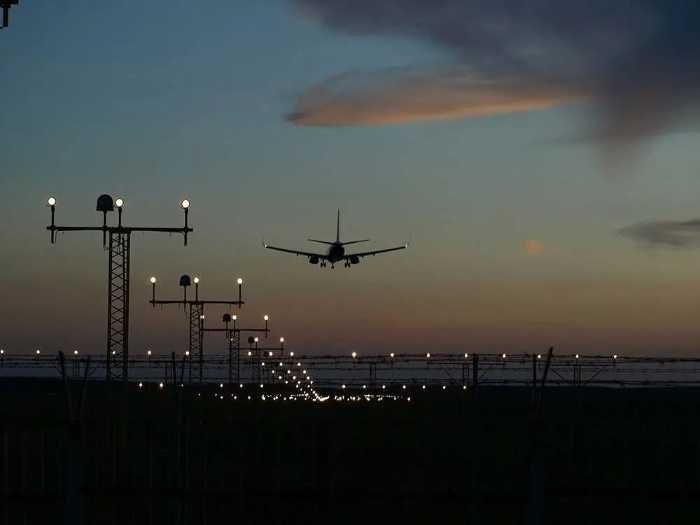
Suppose an accident occurs during take-off and landing. In that case, passengers need to follow the flight attendant’s instructions to leave the aircraft in an orderly manner in the fastest possible time, and wearing headphones is likely to miss the announcement and miss the best time to escape.
You know, in the midst of danger, 1 second may decide your life or death, so during take-off and landing, you must follow the instructions of the flight attendants to take off the headphones (either wired headphones or Bluetooth headphones); you can wear them after the flight to a stable stage.
Are there any restrictions on using wireless headphones on the plane?
First, be considerate of other passengers and keep the volume at a reasonable level.
Second, if you’re using noise-canceling headphones, make sure to take them off during take-off and landing so you can hear important safety announcements.
Finally, be aware of any airline restrictions on headphone usage – some carriers do not allow headphones to be used during taxiing or take-off/landing.
By following these simple guidelines, you can make sure that everyone onboard has a pleasant flight.
Can wearing headphones relieve ear pressure?
During the verification process, we saw an interesting statement: wearing headphones can relieve the pressure on the ears during take-off. Is this true?
Again, let me tell you the answer first:
False.
In aircraft take-off, and landing, because of changes in cabin air pressure will cause an imbalance between the pressure inside and outside the eardrum, thus causing the eardrum to drop or convex, and wearing Bluetooth headphones have nothing to do with it.
If you feel uncomfortable, you can do a swallowing action or pinch your nose, close your mouth and exhale hard to eliminate the symptoms of ear pressure.
The following are some recommendations for using Bluetooth headphones on airplanes.
- Be sure not to use any Bluetooth connectivity headphones during the take-off and landing phases.
- You can turn down the Bluetooth headphones’ volume during the flight and gradually increase the appropriate volume.
- After putting your phone into flight mode, you can turn on Bluetooth to connect to Bluetooth devices such as AirPods.
- After using the Bluetooth headphones for some time, it is recommended to rest for a few minutes before continuing to use them.
- Before landing, if you are wearing the Bluetooth headphones equipped on the plane, you need to store them in the bag behind the front seat so as not to affect the emergency escape.
Finally, once again, safety is not a trivial matter. Although from a theoretical point of view, there is no evidence that any portable wireless devices can affect the avionics system. However, as a passenger, it is optimal to comply with aviation regulations.
